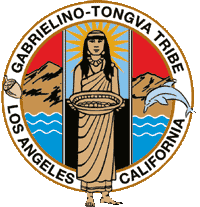
The first question asked tonight was, “Does anyone know whose land USC is on?” Not a single person raised their hands.
The second – “Does anyone know what manifest destiny means?” Almost everyone had their palms up.
What an incredible way to start a talk. Angel Mooney D’Arcy, an indigenous scholar, lawyer, professor, and executive director of the Sacred Places Initiative for Indigenous Peoples, explained that the lack of response to her first question is a direct result of the 19th-century doctrine of manifest destiny.
For those who don’t know what manifest destiny is, it is a belief that Americans – the new Anglo settlers (invaders/colonizers?) – were destined by God to expand across, take over, and govern North America. This not only included the physical landscape, but other cultures, religions, and peoples as well.
This idea had long lasting consequences that continues to this day. Indigenous peoples are constantly sidelined and decisions about their ancestral lands are consistently made without their consultation or consent. Professor D’Arcy spent the rest of the lecture discussing ongoing fights to protect and secure sites that are sacred to indigenous peoples right here in Southern California.
As allies, we need to remember to ask ourselves how to best include indigenous peoples and their voices in all aspects of our lives, whether it is environmental conservation, public health, journalism, history, and more. Even though I grew up in Los Angeles and have attended USC for 8 years now, it has never crossed my mind to question who used to inhabit this land before the California missions, before the Mexican trade networks, before the gold rush, before the railroads, and before LA as we know it.
I learned that only today. Where USC currently stands belong to the Tongva.
To learn more about the Tongva, visit gabrielinotribe.org.
Published on February 20th, 2019
Last updated on January 20th, 2021

